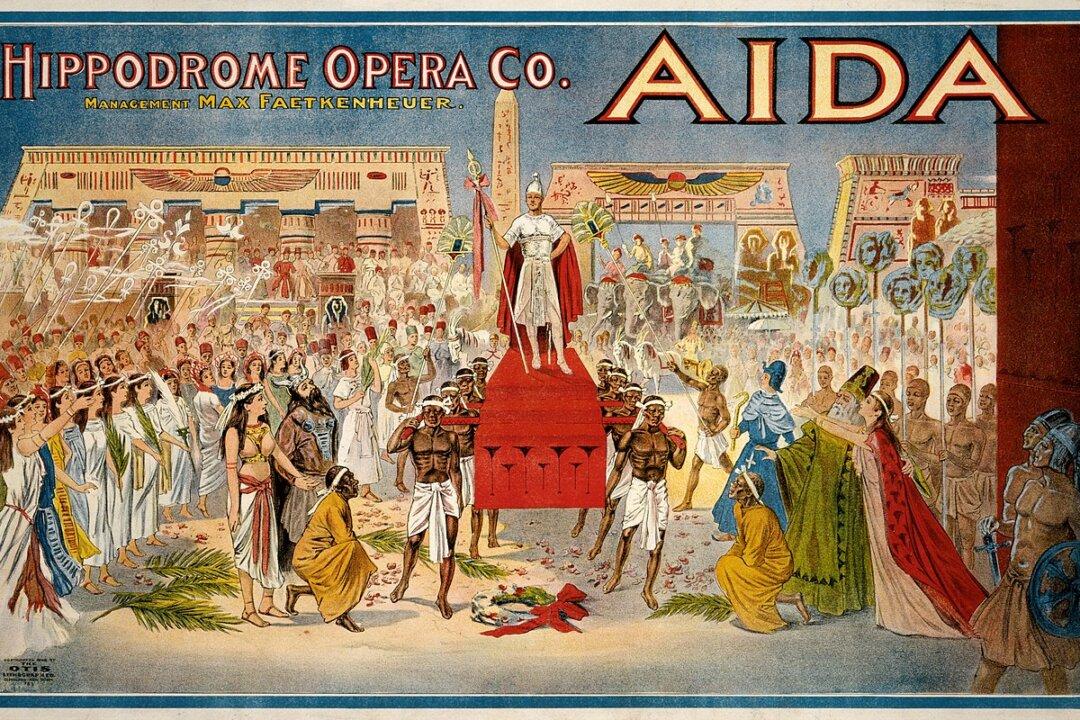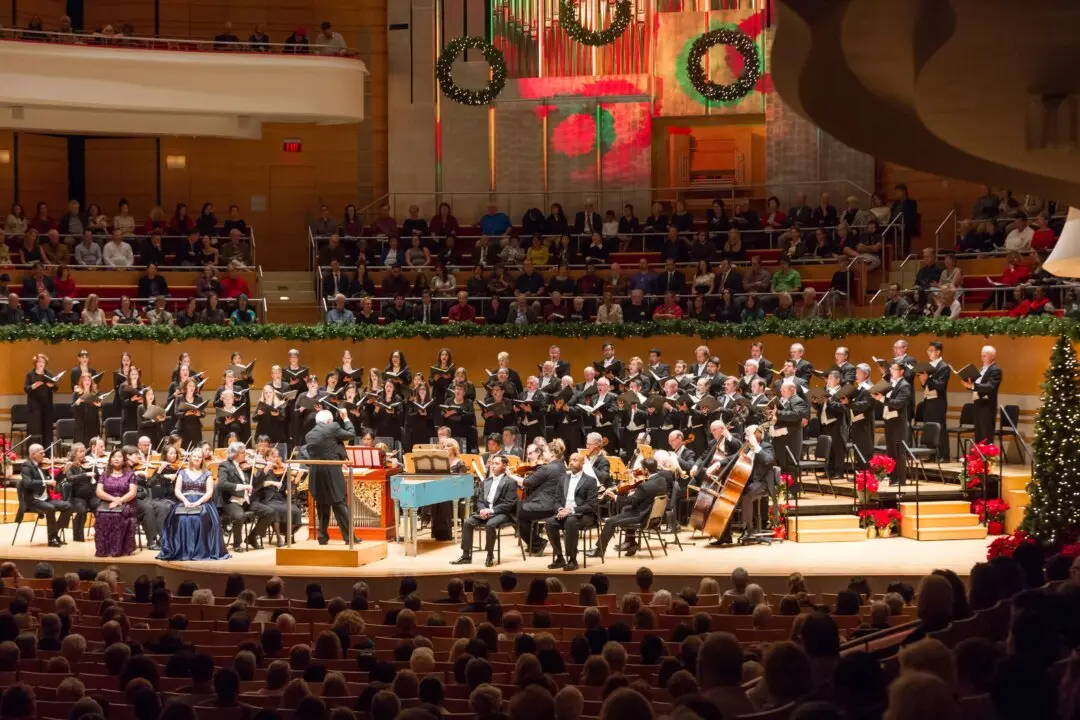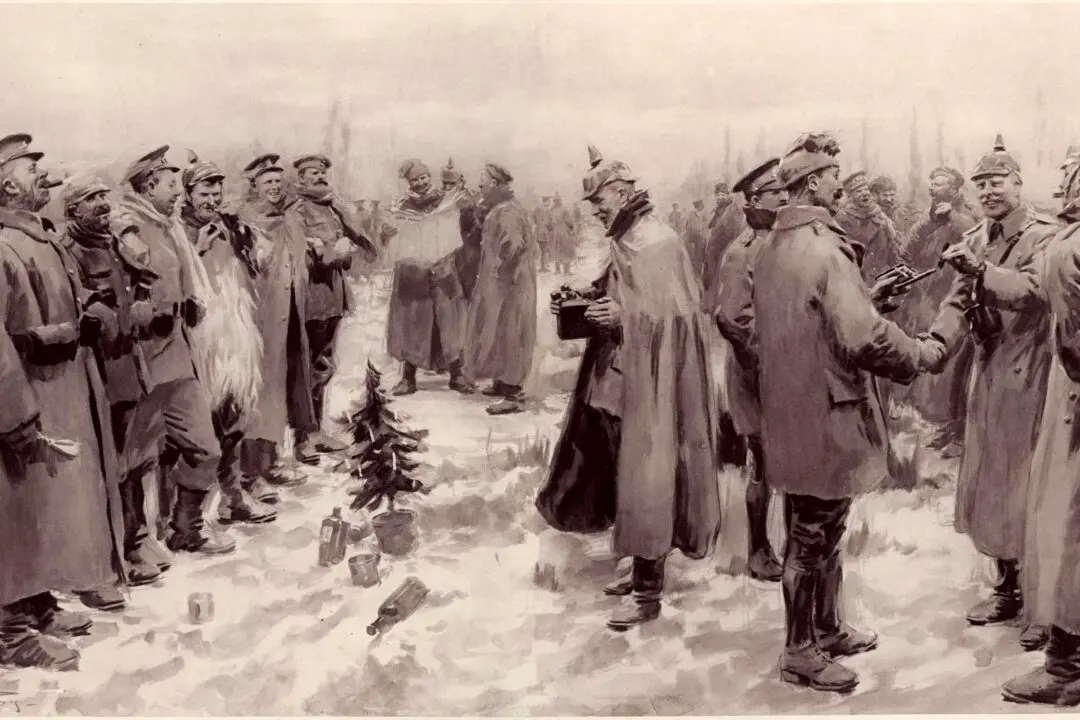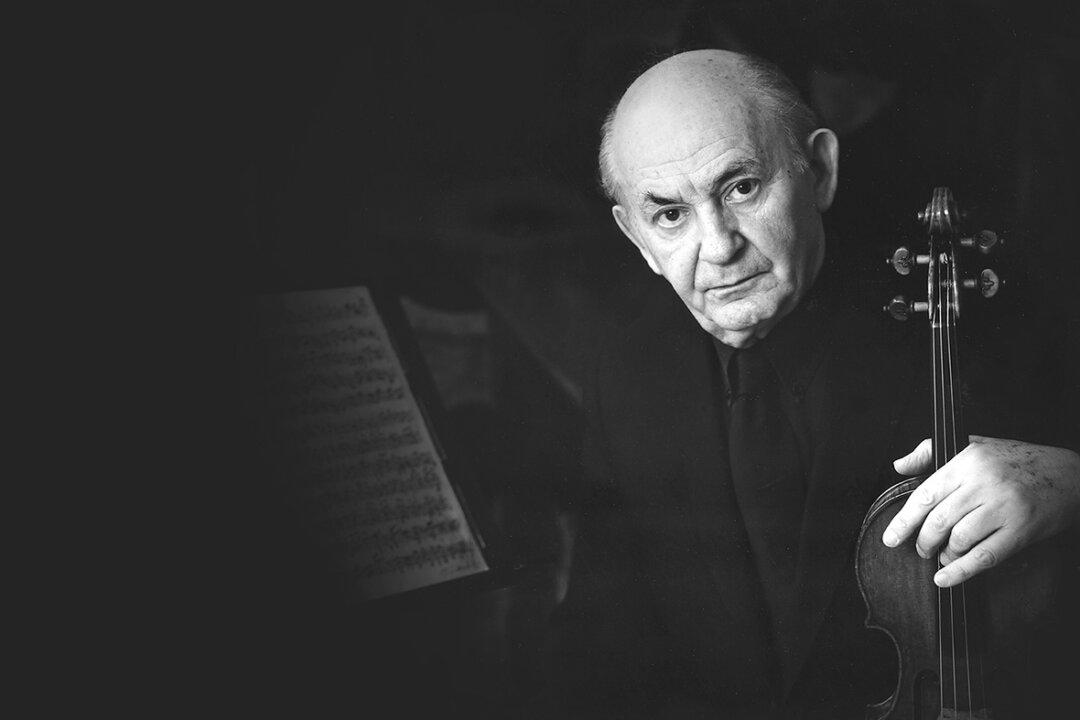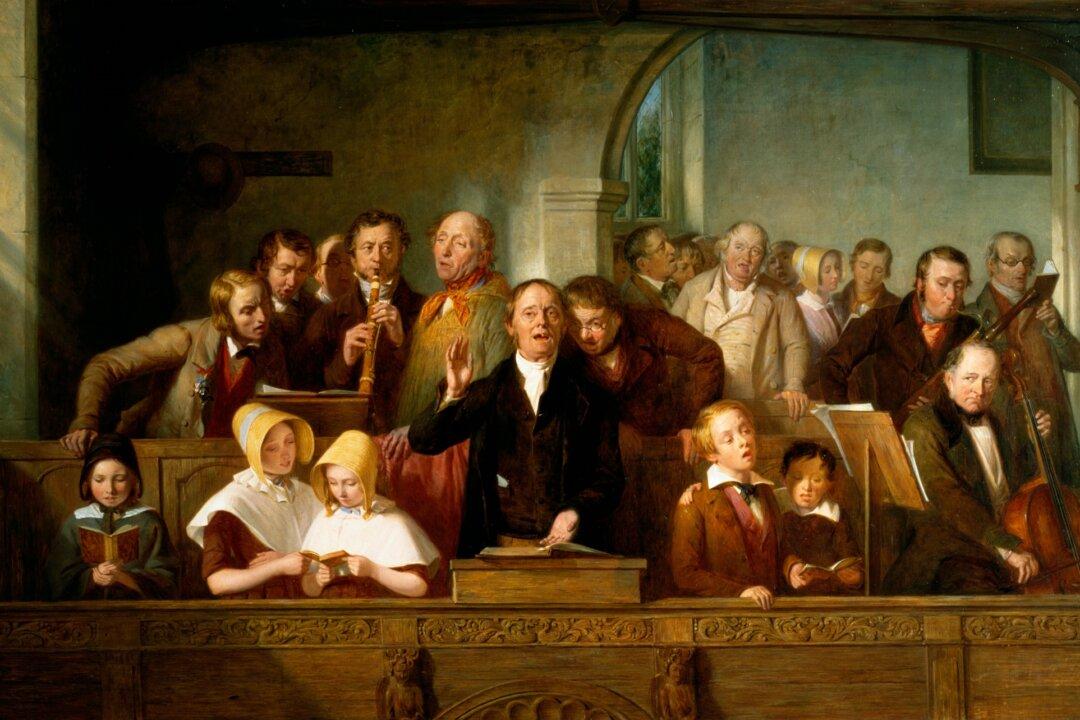Buddha observed that “on a heap of rubbish ... the lily will grow.” Indeed, the rubbish that men have heaped on the world—violence, injustice, and poverty—have been the soil in which other men in turn have produced sublime works of art, representing an ideal, a reality above our own, that guides, and cheers, and gives our life meaning and purpose.
On Oct. 9 or 10, 1813, in the tiny Italian hamlet of Le Roncole, Giuseppe Fortunino Francesco Verdi was born, and in the bitter soil of poverty and political oppression, the seeds of his genius were to take root and flourish.

